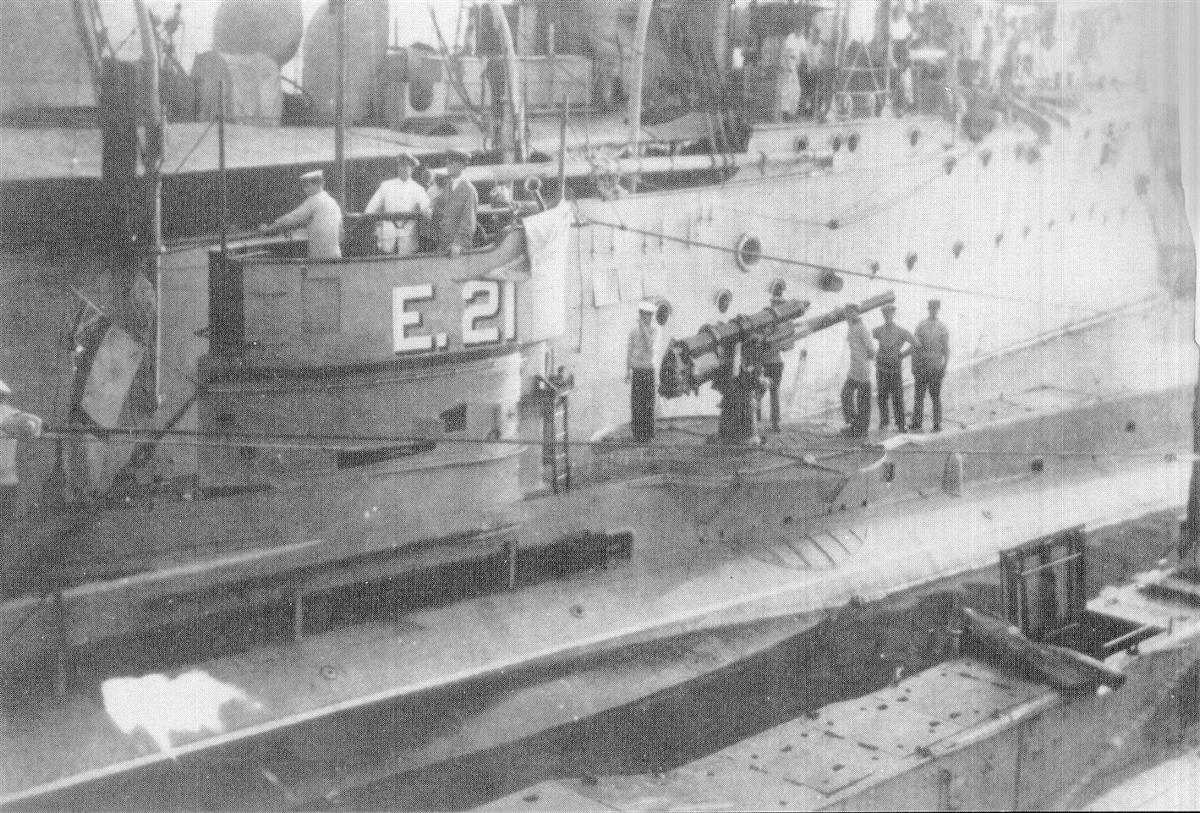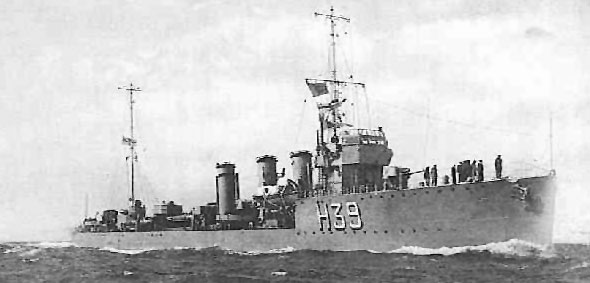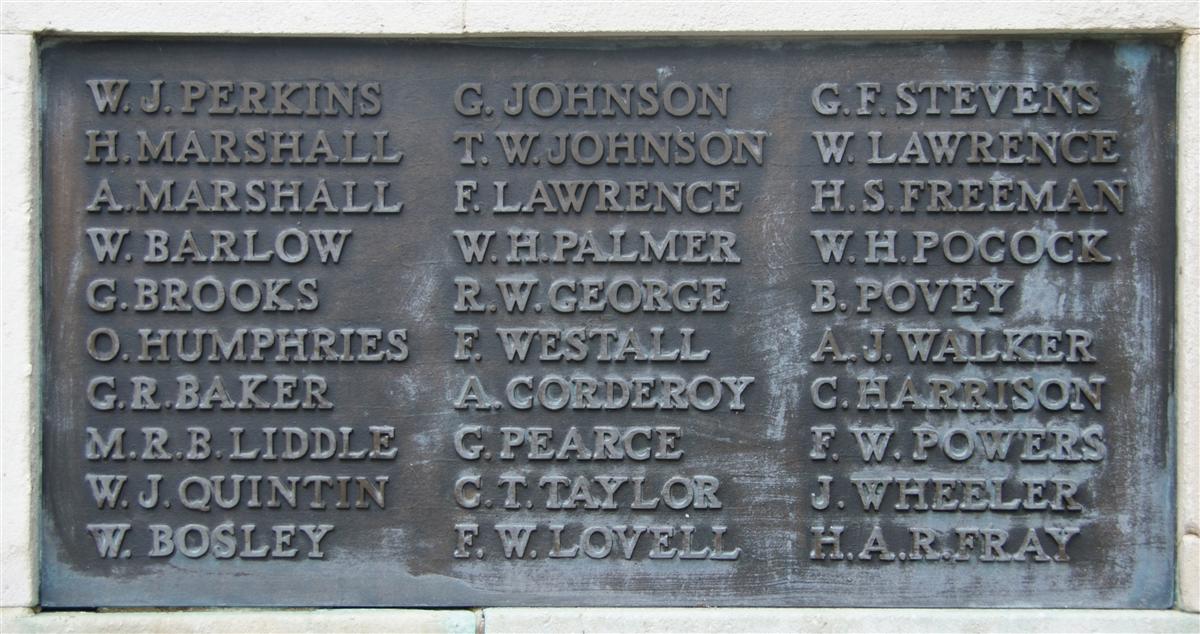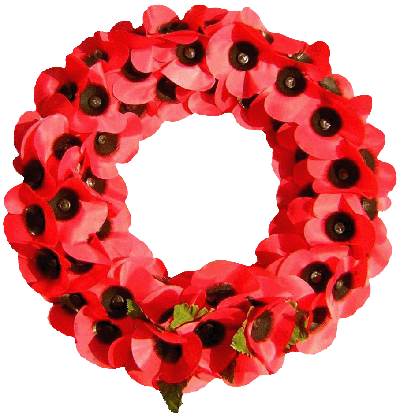Morton Robert Bridges Liddle
Lieutenant Morton Robert Bridges Liddle, HMS Tornado, Royal Navy
Morton was born in Newbury on 29 July 1895, the son of John Shepherd Liddle and his wife Lucy Mary née Cornish. His father was a musician as was his father (also John Shepherd Liddle); both were employed as church organists and supplemented their income with teaching and other musical appointments. Morton’s father was born in Newcastle (on Tyne) but had moved south to take up the post of organist at St Andrews, Clewer and to pursue his musical education at St John’s College Cambridge, from where he graduated BMus in 1876. While at Clewer he met Lucy Mary Cornish from nearby Slough; they married in 1879. He then moved north again in 1883, to Halifax, before returning south the following year as organist at St Nicolas Church, Newbury. In 1896 he took the post of conductor of the Handel Society in London, but continued to reside in Newbury, at Ashley, London Road.

Christ's Hospital |
He completed his schooling on 15 January 1913, when he ‘passed out’ of the Royal Naval College as a Midshipman in His Majesty’s Royal Navy. He was posted to serve on HMS Natal, a Warrior-class armoured cruiser launched in 1905. Here he began his career at sea, as was well known to his friends in Newbury – so when the Natal sank in Cromarty Firth on 30 December 1915, his acquaintances were immediately concerned. An item in the local paper allayed their fears:
Newbury Weekly News, 6 January 1916 – Local War Notes
Much local concern was felt at the loss of HMS Natal, because that was the ship on which Sub-Lieutenant M Liddle, son of Mr and Mrs Liddle of Newbury, was originally serving. It was not generally known that some six months ago he was transferred to HMS Legion, one of the latest type of torpedo boats. He was home on Christmas leave.
However another Newburian, Walter Giles, even younger than Morton, was on board at the time and lost his life in this maritime disaster. For more details of the end of the Natal see Walter’s story.
As stated in the newspaper HMS Legion was a torpedo boat, but this was a very different sort of boat to the Motor Torpedo Boats and E-Boats of WW2, its full designation was as a ‘torpedo boat destroyer’, usually shortened to the simpler ‘destroyer’. Morton actually spent 3 months on the smaller TB 25 between his service on the Natal and the Legion.
On 15 January 1915, while serving on HMS Natal, Morton was promoted to Acting Sub-Lieutenant, and was confirmed in this rank nine months later, on 15 September 1915, while with TB 25. On 26 September 1916 he volunteered for the submarine service and, on 20 November, a very complimentary fitness report included a recommendation that Morton should be employed in the submarine service. This soon resulted in Morton’s transfer to HMS Dolphin where he arrived for a submariners’ course on 9 December.

HM Submarine C7 |
On 23 February 1917 he was posted to ‘HMS Maidstone for C7’ which was the Navy’s way of recording a posting to a small vessel like submarine C7; HMS Maidstone was the depôt ship for a flotilla of submarines and acted as the pay station for all their crews. Morton may have been in unfamiliar surroundings in C7, but he was otherwise back on familiar territory for HMS Maidstone and her charges were based in Harwich.
A month after his arrival on C7 he had impressed his CO (Cdr Aichdale) enough to be recommended for promotion. On 7 April Capt Wastell added his weight to the recommendation and Morton was promoted to Acting Lieutenant on 15 April. As a Lieutenant he may well have taken over command of C7.

HM Submarine E21 |
In July he was transferred to another of HMS Maidstone’s submarines, E21, as its commander. The general perception of submarines of this period is of ‘hunters of the deep’, preying on enemy shipping, but E21 was a very different beast – a mine layer. By laying minefields out of sight of the enemy the Navy hoped to delay their discovery and subsequent clearance. By September he had had enough of submarines and put in a request to return to general service duty, preferably in a destroyer, ‘on account of nerves’. His request was approved and, on 29 September 1917, he was posted to HMS Tornado, a destroyer in the Harwich Force commanded by Lt Commander Ralph Michael Mack.
In December 1917 two five-destroyer flotillas were despatch from Harwich to escort a small convoy to England from the coast of neutral Holland. The rendezvous was to be off the Maas Light buoy. This was a regular rendezvous, too regular for it must have been known to the Germans. In early December they laid a new minefield in the area.

HMS Tornado |
The destroyers from the second flotilla picked up as many survivors as they could and were able to attach a line to HMS Valkyrie, which was towed home by HMS Sylph.
Morton’s part in this tragedy was told in the local newspaper:
Newbury Weekly News, 28 February 1916 – Local War Notes
Particulars are now available of the death of Lieutenant Morton Robert Bridges Liddle, RN, son of Mr and Mrs J E Liddle, of Newbury. On separate ships were Lieutenant Liddle and Lieut Alex Norman Kennedy, who was in the same house at Christ’s Hospital. The circumstance of their deaths were peculiarly pathetic. Kennedy was on the leading ship, which was struck first. Liddle, who was in the second ship, and had just gone off watch, at once rushed to the forecastle and rigged up a wire rope to communicate with the leading ship. He then went to the side and was seen rescuing struggling men from the water. Among them was Kennedy, whom Liddle took to the ward-room to revive him, as he was much exhausted. While they were there the second ship was struck just forward of the ward-room, and the two were killed, practically in each other’s arms.
Alec Kennedy, from Kent, was a couple of years older than Morton, no doubt they were acquainted at school, but were probably not as close as the news item suggests.
Reginald Mack, the commander of the Tornado had an impressive stained glass window dedicated to his memory in the parish church of St Margaret in Paston, Norfolk.

Morton's name on Newbury War Memorial (left) |
Locally Morton is remembered on tablet the Newbury Town War Memorial, the Speenhamland Shrine, and the memorial board and roll of honour in St Nicolas’ Church, Newbury.

Find a memorial :
| Died this day: | |
| 29 November 1918 | |
| Walter Vince | |
| Mortimer |

Like this site? Show your appreciation through a donation to a great charity.